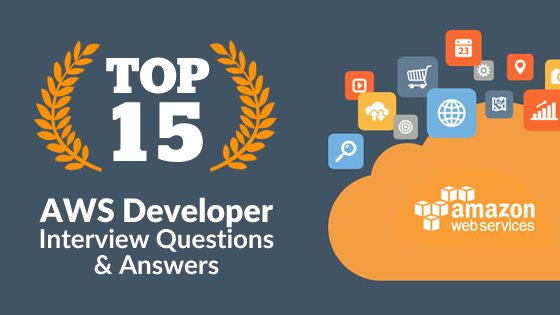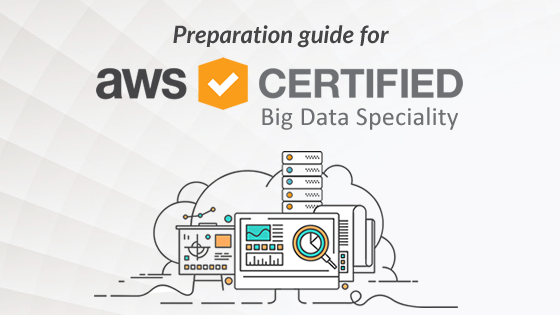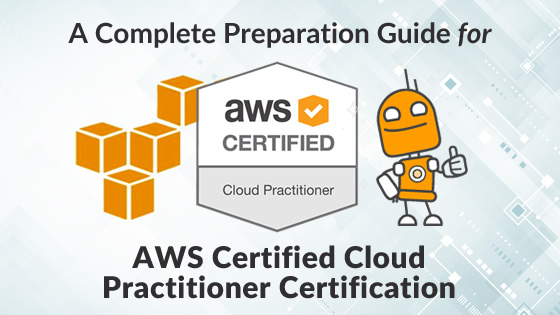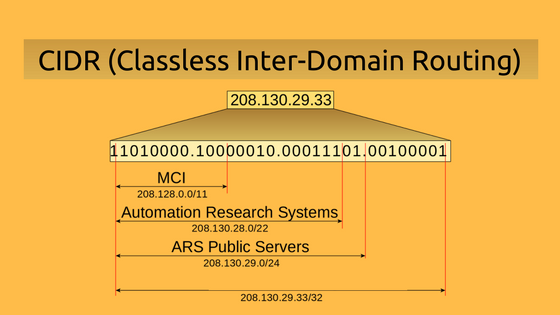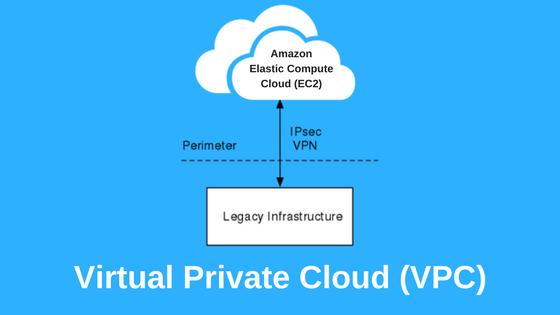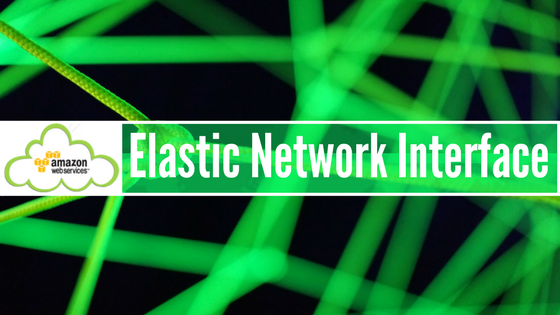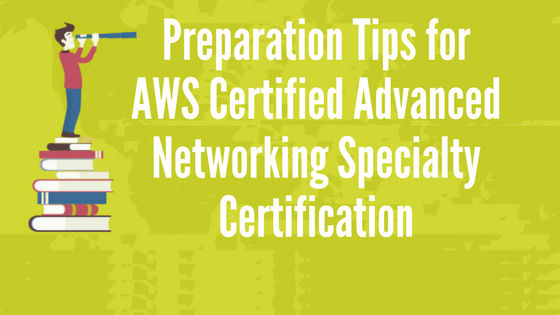Top 18 AWS Developer Interview Questions
AWS is the fastest-growing field in this technology world. It has gained popularity for providing on-demand and public cloud computing services. As an AWS Developer, you can get a huge number of opportunities from many prominent companies all over the world. AWS Developer Associate is one of the highest-paid jobs in the IT industry. No doubt, the AWS Developer position is one of the most sought-after IT jobs. To help you get the best job and upgrade your career, we are enlisting top AWS developer interview questions and answers for you. If you are looking for more interview questions, check […]
Top 18 AWS Developer Interview Questions Read More »

